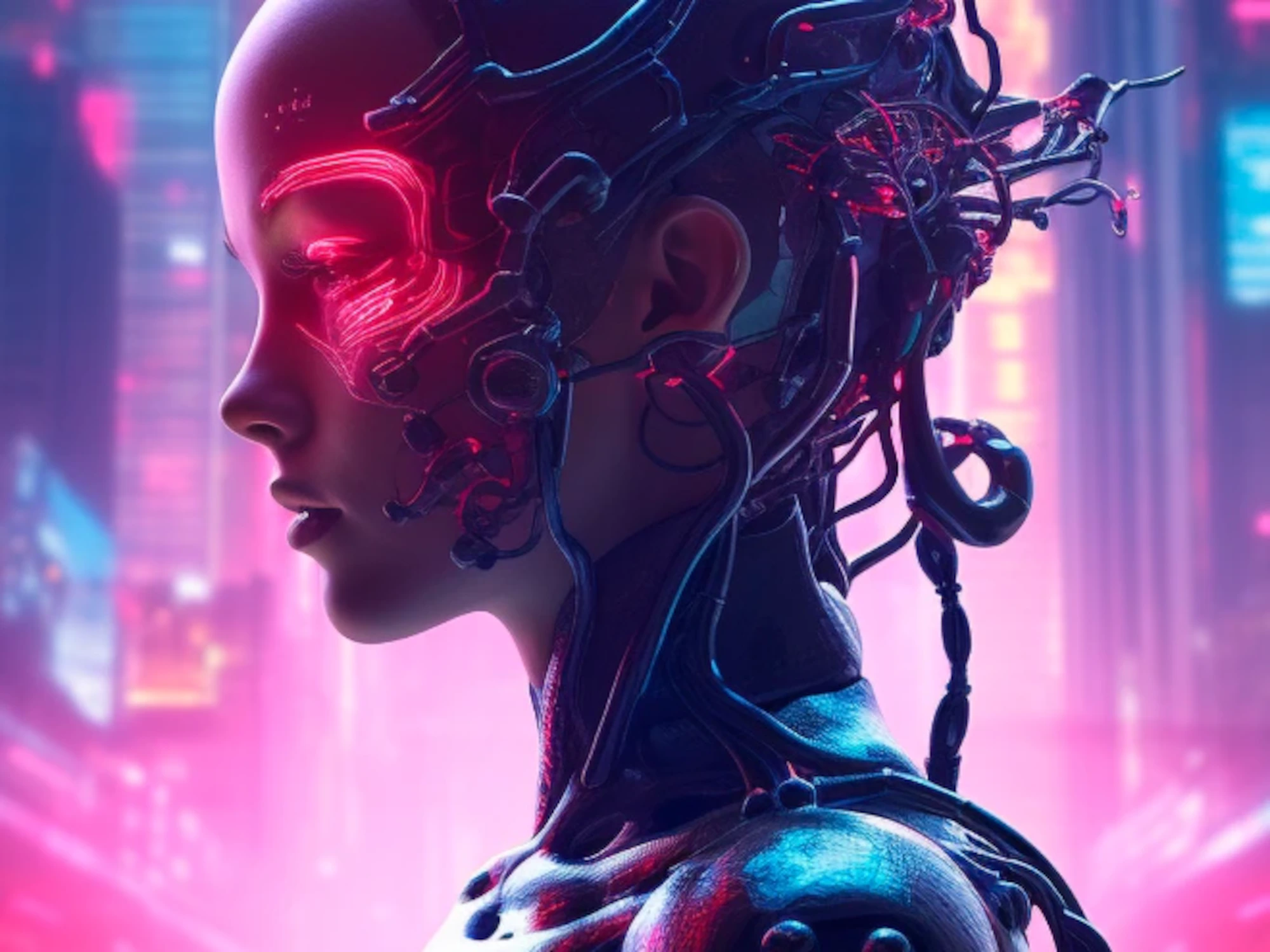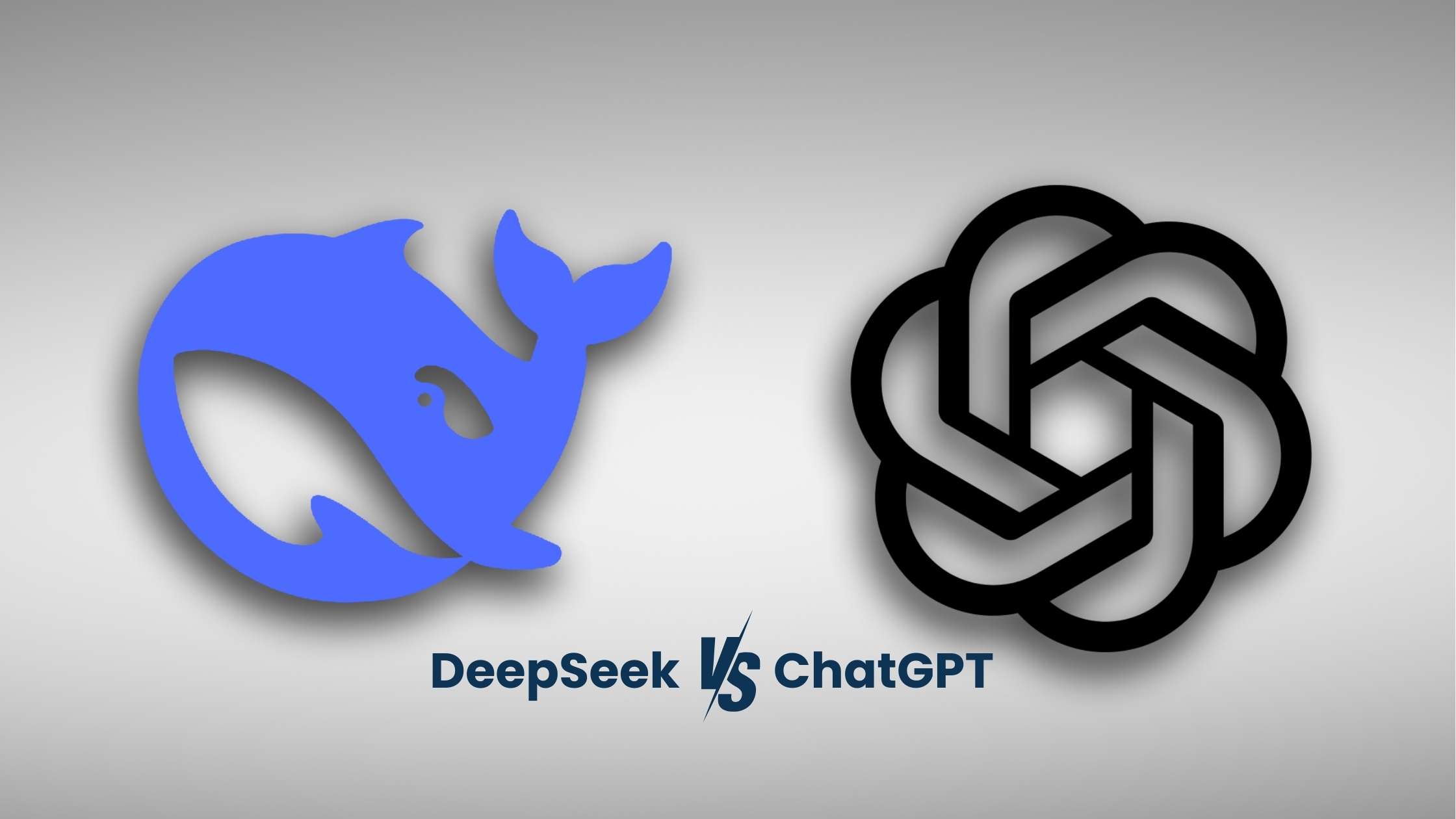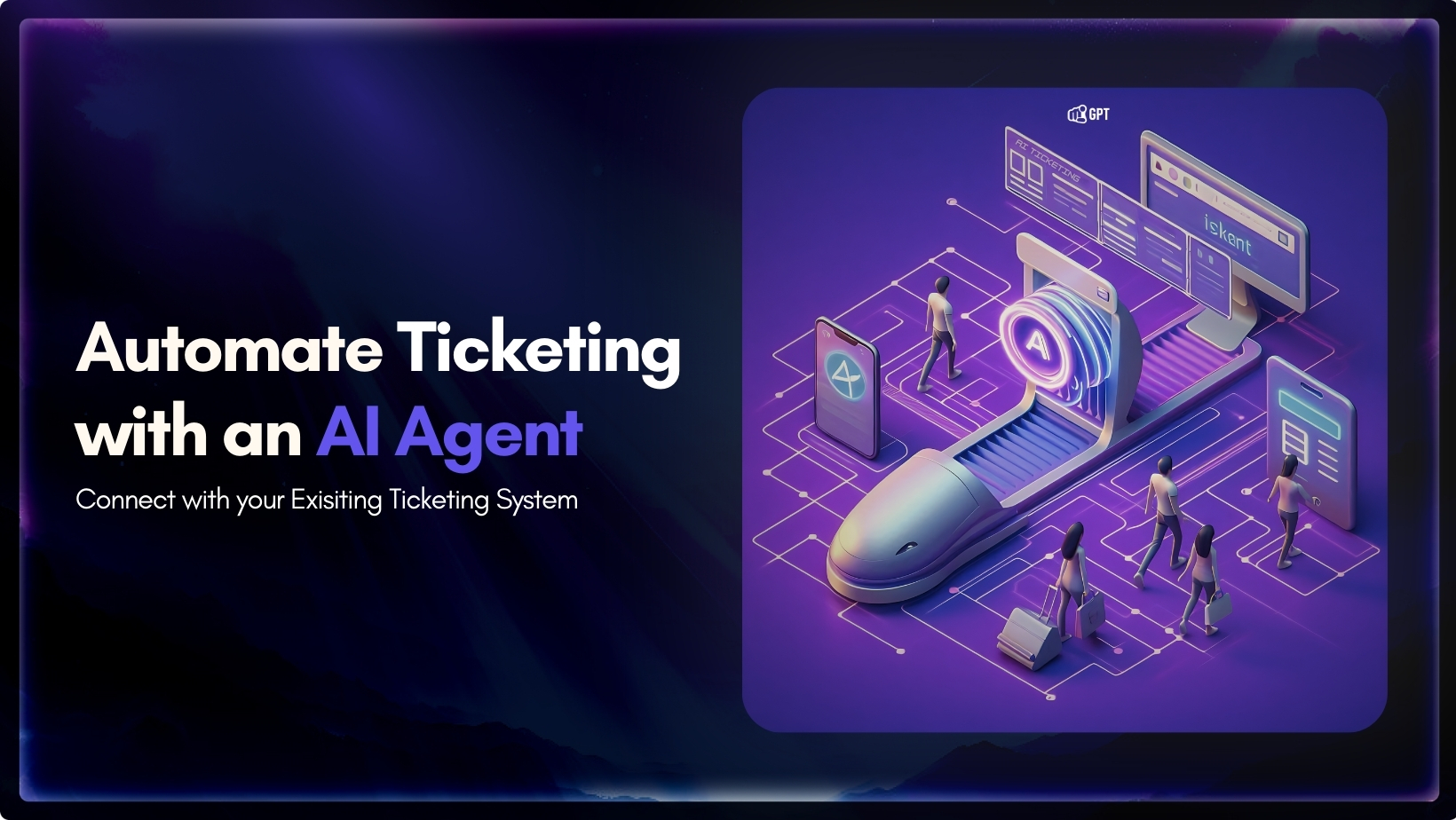The AI image generation landscape has rapidly evolved, transforming the way visuals are created across various domains. In 2025, these tools are not just for artists and designers but are becoming integral to marketing, education, and industrial design. This report provides a comprehensive ranking of the top 5 AI image generators, evaluating their technological performance, popularity, feature sets (including customization and integration capabilities), and applicability across diverse fields such as digital art and industrial design. The evaluation synthesizes data from multiple sources, including hands-on testing, user reviews, and industry reports, to provide a balanced and detailed assessment.
Methodology
The ranking methodology involves a multifaceted approach, synthesizing data from various industry reports, user testimonials, and hands-on testing. The evaluation criteria include:
- Output Quality: Assesses the resolution, realism, and artistic coherence of generated images.
- Customization: Evaluates the availability of layer editing, style presets, and API access for advanced users.
- Speed: Measures the generation time and batch processing capabilities of each tool.
- Integration: Examines the compatibility with design software, CMS platforms, and cloud services.
- Ethics: Considers copyright compliance and diversity in training data to ensure responsible AI usage.
Each generator is assessed based on its strengths and weaknesses across these criteria, providing a holistic view of their capabilities and limitations.
1. Adobe Firefly
Overview: Adobe Firefly stands out as the leading AI image generator in 2025, offering maximum control over image generation and editing. It integrates seamlessly with Adobe’s Creative Cloud suite, making it a top choice for professionals. According to Ryan Law from Ahrefs, “Firefly offered maximum control over image generation and image editing” . This integration allows users to leverage AI-generated content within established design workflows, enhancing productivity and creative possibilities.
Technological Performance: Adobe Firefly excels in technological performance due to its proprietary diffusion model, which ensures precise prompt adherence and high output quality. It supports the generation of photorealistic images and vector graphics with resolution capabilities up to 8K, catering to high-resolution requirements for professional use. The platform’s responsiveness to prompts and advanced features, such as camera angle control and color palette selection, further enhance its technological prowess.
Popularity & Accessibility: With over 30 million active users, Adobe Firefly enjoys widespread adoption among professionals and enterprises. Its tiered pricing model, offering 25 free credits per month and a $4.99 option for 100 credits, strikes a balance between affordability and the needs of high-volume users. Adobe’s commitment to ethical AI training, utilizing only licensed or public-domain data, solidifies its reputation as a safe and reliable choice for commercial applications.
Key Features:
- Photoshop/Illustrator Integration: Enables direct editing of AI-generated images using tools like Content-Aware Fill and Puppet Warp.
- Style Transfer: Allows users to apply predefined artistic styles or upload custom references to achieve specific aesthetics.
- 3D Model Rendering: Supports the generation of UV-mapped textures for industrial design prototypes, facilitating realistic material simulations.
- Brand Consistency Tools: Provides options to save color palettes, logos, and typography presets for repeatable marketing campaigns, ensuring brand uniformity.
Applications:
- Digital Art: Facilitates the creation of cohesive character series with consistent lighting and proportions, streamlining artistic workflows.
- Industrial Design: Enables rapid iteration of product mockups with realistic material textures, accelerating the design process.
- Marketing: Supports batch generation of localized ad variations while maintaining brand guidelines, optimizing marketing efforts.
Limitations: The credit-based system can become costly for high-frequency users, potentially limiting extensive experimentation. Additionally, Firefly offers limited support for abstract and experimental art styles compared to niche tools, which may not cater to all creative preferences.
2. Midjourney
Overview: Midjourney distinguishes itself by producing aesthetically superior images, making it a favorite among artists and creative professionals. Its unique approach to AI image generation prioritizes artistic quality and emotive depth, allowing users to create visually stunning and engaging content.
Technological Performance: Midjourney’s v6 engine emphasizes aesthetic excellence, creating images with “museum-quality” artistry. It excels in rendering human figures, natural landscapes, and surreal concepts with emotive depth, catering to a wide range of artistic visions. The platform’s “Creative Chaos” slider enables users to fine-tune the balance between prompt fidelity and algorithmic improvisation, offering greater control over the creative outcome.
Popularity & Accessibility: Hosted on Discord, Midjourney has cultivated a dedicated following among artists and hobbyists, boasting 15 million subscribers. The pricing starts at $10 per month for 200 generations, which may limit casual experimentation due to the absence of a free tier.
Key Features:
- Dynamic Upscaling: Allows users to enlarge images up to 16x without significant quality loss, utilizing fractal-based algorithms for enhanced resolution.
- Community Showcases: Encourages users to participate in daily themed challenges to refine their prompting techniques and inspire creativity.
- Cinematic Mode: Supports the generation of 5-second video clips from static images via AI interpolation, adding dynamic elements to visual content.
Applications:
- Concept Art: Enables the visualization of fantasy and sci-fi environments for games and films, streamlining the concept development process.
- Book Illustrations: Facilitates the maintenance of consistent character designs across chapters, enhancing the visual narrative of books.
- Fashion Design: Supports experimentation with avant-garde textile patterns, fostering innovation in fashion design.
Limitations: Midjourney lacks integrated editing tools, necessitating the use of third-party software for post-processing, which can complicate workflows. It may also struggle with technical diagrams and data visualization, making it less suitable for projects requiring precise, factual representations.
3. DALL-E 3 (via ChatGPT)
Overview: DALL-E 3, integrated with ChatGPT, excels in interpretative intelligence, adeptly handling metaphors and symbolic representations. Its multimodal architecture leverages ChatGPT’s language model to resolve ambiguous prompts, making it an ideal choice for generating infographics and educational content.
Technological Performance: DALL-E 3 leads in interpretative intelligence, particularly in metaphors and symbolic representation. Its multimodal architecture cross-references ChatGPT’s language model to resolve ambiguous prompts, making it ideal for infographics and educational content. It ensures generated content aligns closely with user intentions, reducing inaccuracies and enhancing relevance.
Popularity & Accessibility: Integrated into Microsoft 365 and Teams, DALL-E 3 serves 25 million enterprise users. The free plan offers two daily images, while full access starts at $20 per month, providing accessible options for a broad audience.
Key Features:
- Data Visualization Engine: Automatically converts spreadsheets into various chart types, including bar charts, heatmaps, and 3D graphs, simplifying data presentation.
- Multilingual Support: Accepts prompts in 12 languages with region-specific cultural adaptations, facilitating global content creation.
- Safety Filters: Blocks NSFW content and copyrighted material during generation, ensuring compliance and safety.
Applications:
- Academic Publishing: Generates accurate anatomical diagrams and historical recreations, aiding in educational material creation.
- Corporate Training: Creates scenario-based illustrations for compliance modules, enhancing training effectiveness.
- Journalism: Visualizes abstract concepts such as inflation rates and climate change impacts, making complex topics more accessible.
Limitations: DALL-E 3 has a conservative style library compared to its artistic competitors, which may limit creative exploration. It also provides limited control over fine details like facial expressions, potentially affecting the personalization of generated content.
4. Leonardo AI
Overview: Leonardo AI distinguishes itself by specializing in niche applications such as game asset creation and 3D printing. Its focus on hyper-specialized domains and advanced rendering capabilities make it a favorite among indie developers and technical users.
Technological Performance: Leonardo AI excels in simulating real-world physics with its “MaterialGPT” module, accurately rendering metallic sheens, translucent plastics, and refractive glass. This capability is particularly valuable for creating realistic 3D models and game assets.
Popularity & Accessibility: The freemium model, offering 100 daily generations, attracts indie developers and educators, with 10 million registered users. Paid plans start at $15 per month for 4K exports and commercial licenses, providing options for professional use.
Key Features:
- UV Unwrapping: Automatically generates texture maps for 3D model imports, simplifying the texturing process.
- Style Fusion: Combines elements from multiple reference images, such as “steampunk + cyberpunk,” to create unique and complex styles.
- Batch Processing: Renders 50+ variations of a character model in a single click, accelerating asset creation workflows.
Applications:
- Game Development: Creates low-poly assets optimized for Unity/Unreal Engine, streamlining game development processes.
- Architecture: Generates photorealistic building renders with accurate shadow mapping, enhancing architectural visualizations.
- E-commerce: Produces 360° product views for AR shopping experiences, improving online shopping experiences.
Limitations: Leonardo AI has a steep learning curve for non-technical users, which may deter beginners. It also requires powerful GPUs for real-time rendering, potentially limiting accessibility for users with less advanced hardware.
5. Canva Magic Media
Overview: Canva Magic Media democratizes design with one-click templates optimized for social media and presentations. Its speed and intuitive interface make it an ideal choice for small businesses and educators seeking quick and easy design solutions.
Technological Performance: Canva’s AI delivers rapid results with a 2-second generation time and an intuitive interface, making it accessible for users with varying skill levels. While it may lack advanced customization options, its focus on simplicity and speed caters to users who need quick, visually appealing content.
Popularity & Accessibility: With 500 million Canva users, Magic Media benefits from seamless integration into the platform’s design suite. Free users receive 50 monthly generations, while Pro plans ($14.99 per month) include 500 credits and team collaboration features.
Key Features:
- Brand Kit Sync: Automatically applies company colors and fonts to generated images, maintaining brand consistency.
- Content Calendar: Schedules AI-generated posts across platforms like Instagram, LinkedIn, and TikTok, streamlining social media management.
- Vector Conversion: Transforms raster images into editable SVGs for logos and icons, enhancing design flexibility.
Applications:
- Social Media Management: Generates hashtag-specific visuals such as “Throwback Thursday” collages, enhancing social media engagement.
- Education: Creates illustrated worksheets and science diagrams, aiding in educational content creation.
- Nonprofits: Localizes campaign imagery for global audiences via AI translation, expanding campaign reach.
Limitations: Canva Magic Media produces generic outputs compared to more specialized tools, potentially limiting creative uniqueness. It lacks API access for custom integrations, restricting its use in highly tailored applications.
Emerging Trends & Honorable Mentions
- Gemini for Workspace: Google’s AI excels at rapid concepting, generating 50+ storyboard sketches in under a minute, making it ideal for brainstorming sessions.
- ImagineArt: Offers real-time generation and video tools for content creators needing assets for platforms like TikTok and YouTube.
- Runway ML: Favored by filmmakers for its “Green Screen AI,” which isolates subjects from generated backgrounds, enhancing video production capabilities.
Detailed Comparison Table
| Feature | Adobe Firefly | Midjourney | DALL-E 3 (via ChatGPT) | Leonardo AI | Canva Magic Media |
|---|---|---|---|---|---|
| Output Quality | High-resolution, photorealistic | Museum-quality artistry | Interpretative accuracy | Hyper-realistic, specialized rendering | Quick, visually appealing |
| Customization | Extensive, Photoshop/Illustrator integration | Limited to prompting; no integrated editing | Multilingual support, safety filters | UV unwrapping, style fusion, batch processing | One-click templates, brand kit sync |
| Speed | Fast, optimized for workflow integration | Moderate, dependent on Discord server load | Moderate, reliant on ChatGPT processing | Moderate to high, dependent on GPU | Very fast, optimized for social media |
| Integration | Adobe Creative Cloud suite | Discord | Microsoft 365, Teams | Unity/Unreal Engine | Canva design suite |
| Use Cases | Professional design, marketing | Concept art, book illustrations | Education, corporate training | Game development, architecture | Social media, education |
| Pricing | 25 free credits/month, $4.99 for 100 credits | $10/month for 200 generations | Free (2 images/day), $20/month for full access | Freemium (100 daily), $15/month for 4K export | Free (50/month), Pro ($14.99/month for 500) |
| Strengths | Maximum control, ethical training | Aesthetic excellence, community features | Interpretative intelligence, data visualization | Specialized rendering, asset creation | Ease of use, speed |
| Limitations | Costly for high-frequency users | No integrated editing, struggles with diagrams | Conservative style library, limited facial control | Steep learning curve, GPU requirement | Generic outputs, no API access |
Conclusion
In 2025, AI image generators have evolved into specialized tools catering to distinct creative and industrial needs. Adobe Firefly remains the undisputed leader for professionals requiring precision and seamless integration with industry-standard software. Midjourney and Leonardo AI dominate artistic and technical niches, offering unique capabilities tailored to specific creative workflows. As the technology matures, expect tighter integration with VR/AR ecosystems and AI-generated 3D printing blueprints to redefine manufacturing workflows. The future of AI image generation promises increased accessibility, enhanced creativity, and transformative applications across diverse sectors.



